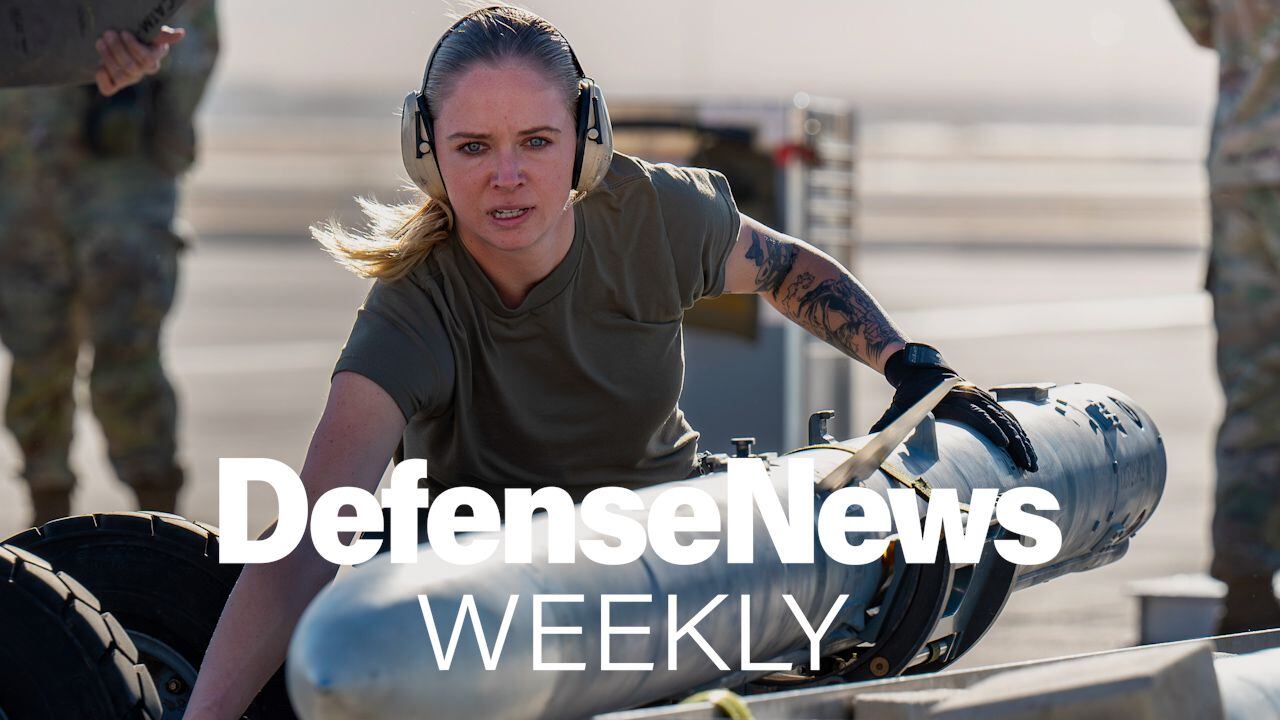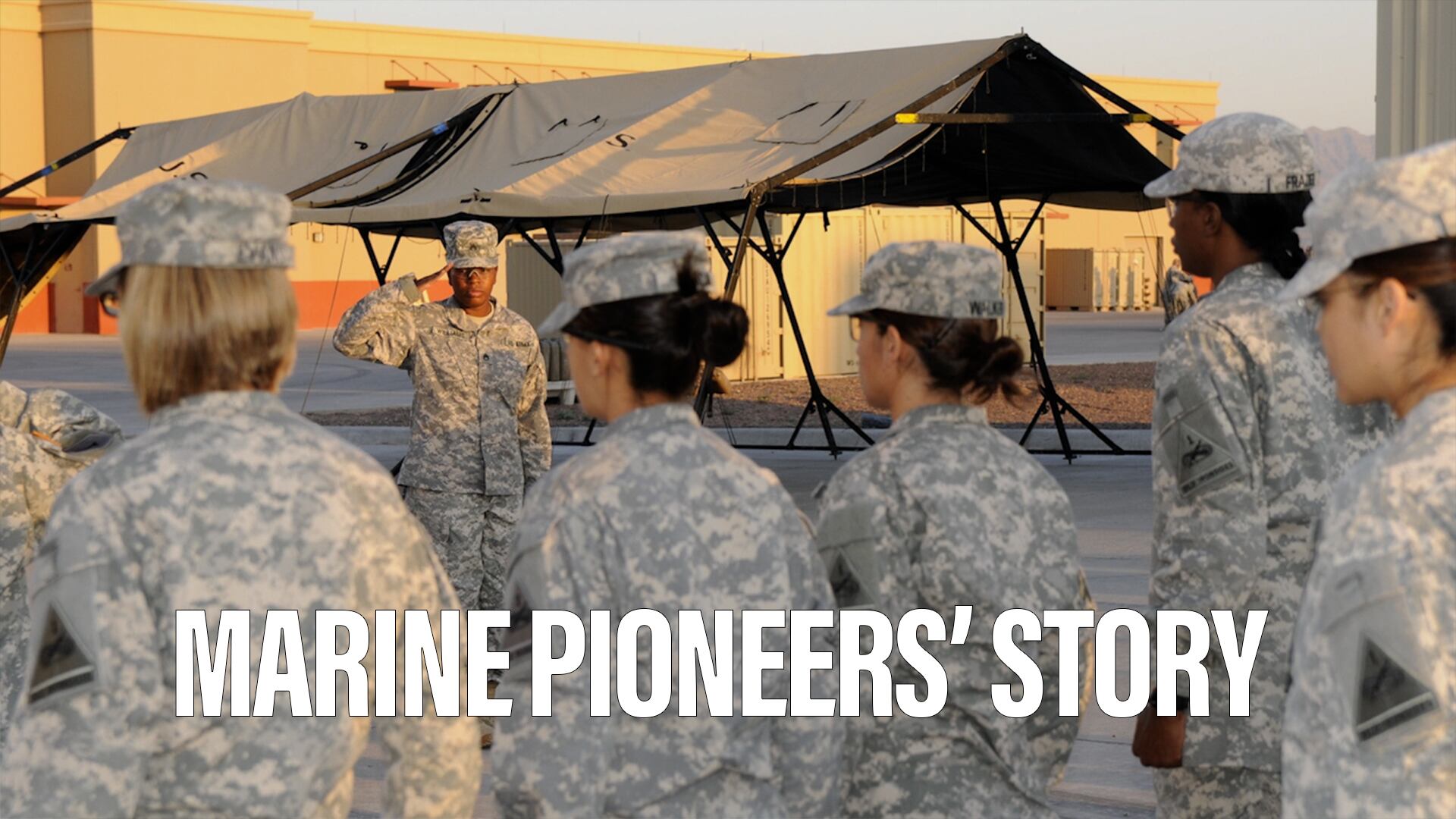MILAN — Seven NATO countries completed an Iceland-based exercise aimed at defending vital underwater lines of communication and sea routes against conventional military threats and acts of sabotage.
The annual exercise Northern Viking wrapped up on Sept 3. after 11 days of joint operations in the maritime transit route known as the GIUK gap, an acronym for Greenland, Iceland and the United Kingdom.
The area forms an important naval chokepoint, a passage that connects two stretches of open ocean to the three land masses, vital to naval and air traffic between Europe and North America.
Led by the U.S. Naval Forces Europe, the training brought together 1,200 participants from Iceland, Denmark, France, Norway, Poland and Portugal, according to an Iceland government statement.
Missions were based on a simulated threat to Iceland’s national security in order to test NATO’s ability to respond to crises threatening strategic lines of communication in the GIUK gap. It included anti-surface, anti-submarine warfare, maritime surveillance as well as search-and-rescue operations.
Allies deployed an array of drones, maritime patrol aircraft, surface vessels equipped with radars and sensors as well as ships from NATO’s Standing Maritime Group One, part of the alliance’s high readiness maritime capability.
The exercise was further aimed at “facing traditional military threats on land, at sea and in the air, but also multi-faceted threats and acts of sabotage, which will test the Icelandic authorities,” the government of Iceland said in the notice.
The GIUK gap is located at the edge of the eastern Arctic, a region that remains at the center of geopolitical tensions as many states have contended for greater ownership and control over the resources it offers.
Due to climate change, sea ice covering the Arctic ocean has melted at an alarming rate and new shipping lanes have emerged, fueling a race between Arctic states – the United States, Canada, Denmark, Finland, Iceland, Norway, Russia and Sweden – and non-Arctic countries like China for control over them.
“In a region that is a focal point for geopolitical competition, maintaining robust surveillance capabilities is essential for early warning and rapid response to potential threats,” NATO’s Allied Maritime Command said in a statement.
Two days prior to the start of Northern Viking, the Chinese Premier Li Qiang met with Russian President Vladimir Putin in Moscow to discuss how to bolster their countries’ cooperation.
A communique released by China’s State Council following the meeting, highlighted that the Arctic is an area where the two partners want to expand their collaboration specifically related to “shipping development, navigation safety, polar ship technology and construction.”
In July, the U.S., Canada and Finland announced a new trilateral initiative, the so-called “Ice Pact,” to deepen cooperation in the manufacturing of polar icebreakers.
Elisabeth Gosselin-Malo is a Europe correspondent for Defense News. She covers a wide range of topics related to military procurement and international security, and specializes in reporting on the aviation sector. She is based in Milan, Italy.








